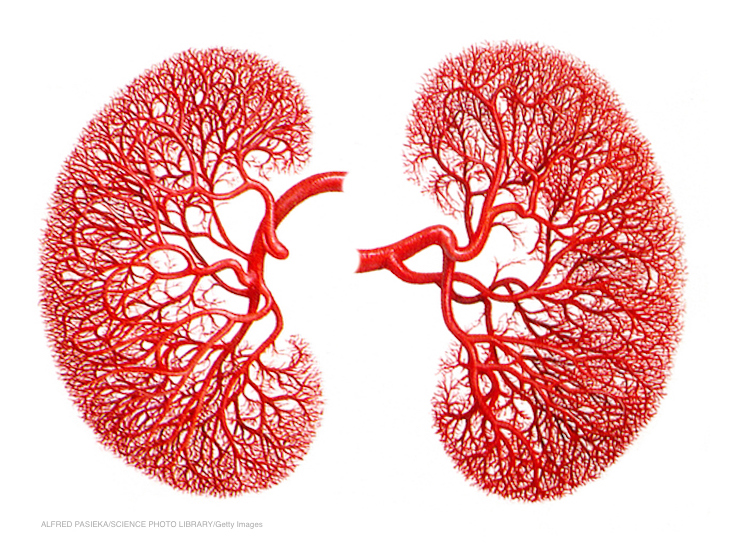Hemolytic uremic syndrome can be a complication of a Shiga toxin-producing E. coli (STEC) infection that is a type of kidney failure. People who develop this condition often need dialysis and may even need kidney transplants. They can also suffer seizures. This condition can be life-threatening.

Other causes of this condition include taking certain medications, having other types of infections, and inheriting a type of HUS that runs in families.
In the group which has developed HUS after an E. coli infection, most are under the age of five. Among children younger than 18 who develop hemolytic uremic syndrome, about 80% have had STEC infections. About 5 to 10% of patients who contract STEC infections develop HUS. All patients with HUS should be hospitalized so their condition and kidneys can be closely monitored.
HUS is most often triggered by E. coli O157:H7, a serotype that has caused many outbreaks over the past several decades in the United States. These outranks have been linked to many different foods, from yogurt to ground beef to romaine lettuce to soy nut butter.
Shiga toxins produced by E. coli bacteria travel through the bloodstream, where they destroy red blood cells and platelets. These cells eventually travel to the kidneys, where they clog small tubes in that organ called glomeruli, which are part of the kidney’s filtering system. This can damage the kidneys enough that they stop functioning.
Your kidneys filter waste and extra fluid out of the blood, preventing damage to other organs. When your kidneys are not working properly, you can develop high blood pressure, blood-clotting problems, seizures, strokes, and coma.
The main symptom of HUS is reduced or no urine output. Patients may also be extremely lethargic and tired. They may also suffer unexplained bruises, a skin rash, and unusual bleeding, especially from the nose or mouth.
HUS is diagnosed with urine and blood tests, and sometimes a stool test to check for STEC bacteria. A kidney biopsy may also be performed. Blood tests can check for estimated glomerular filtration rate, levels of red blood cells and platelets, and kidney and liver function.
Hemolytic uremic syndrome is not treated with antibiotics unless another infection is present. Treating STEC infections with antibiotics can actually increase the risk of developing HUS. The patient is observed, and minerals, platelets, and red blood cells are replaced through IVs.
Patients can recover fully from hemolytic uremic syndrome, especially if they receive prompt medical attention. If you or a loved one has been experiencing the symptoms of HUS, see a doctor immediately.




